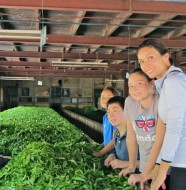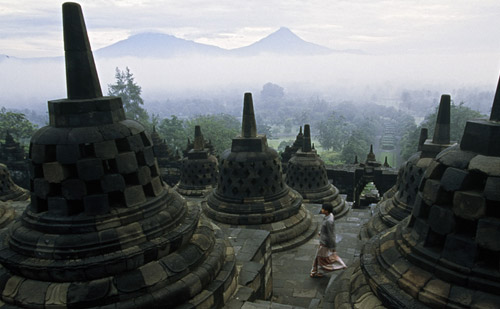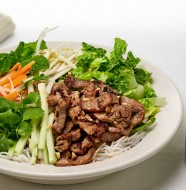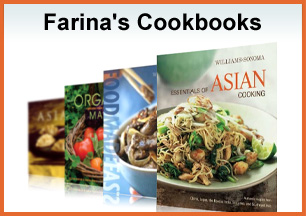Season for Mooncakes
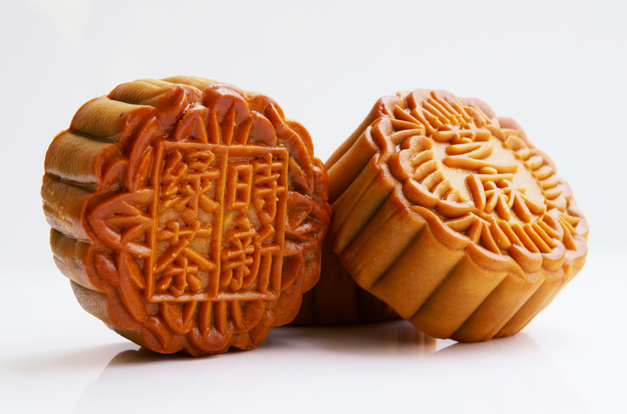
Classic-Mooncake-Filled-with-Lotus-Seed-Paste
As a kid growing up in San Francisco with my Cantonese Grandma, the Fall season meant perfect temperate weather and a kitchen filled with decorative tins of fragrant mooncakes in celebration of the Mid-Autumn festival. This time of year, Chinese communities in cities throughout the world gather together to share tea and sweet mooncakes in celebration of an abundant season honoring friends and family.
Historically, the roots of the autumn festival lie in the celebration of a plentiful harvest season, dating back over 3,000 years when the moon was once worshipped. Mooncakes were created to symbolize a full moon and according to popular oral tradition, were even used as a vehicle for restoring Chinese rule over the Mongols in the 13th century. A Chinese rebel general used mooncakes as a “Trojan Horse”, authorizing hidden messages to be baked into cakes and distributed to the populace to coordinate a civilian uprising.
Through Chinese history, festivals are steeped in tradition and symbolism. Similar to Thanksgiving, during the Lantern or Mooncake Festival, the palm size round cakes becomes the indispensable delicacy symbolizing a perfect moon, family unity, regeneration and hope. It was customary for households to prepare moon cakes for gift giving. Today, most find it too labor intensive to prepare and opt to purchase the sweets from Asian bakeries and markets but continue the tradition of gifting mooncakes during the autumn holiday.
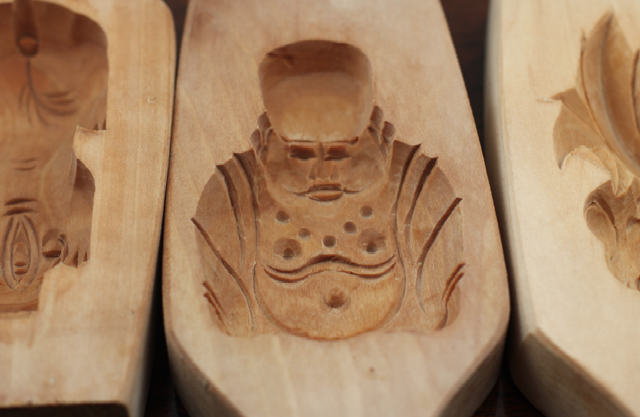
Classic Wooden Moon Cake Molds
The classic mooncake is a round pastry with a sweet, chewy yet tender wheat crust filled with a rich red bean or lotus seed paste. Formed in custom wooden molds, the cakes are then glazed and baked until shiny and golden brown. A popular variation has 1 or 2 whole salted duck eggs placed in the center of the filling, adding a savory element to the flavor and impressive orange moon-shaped egg when the cake is sliced.
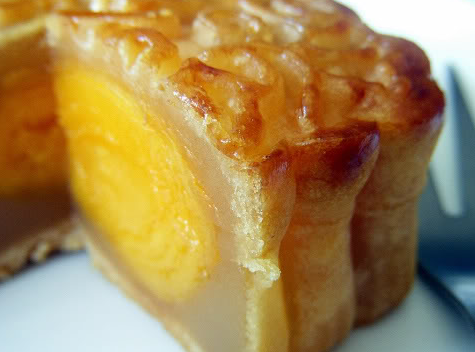
Mooncake Filled with Salted Duck Egg
In the past decade, the trend has been to move away from the traditional baked treats and towards a modern, lighter Japanese mochi-inspired “snow-skin” mooncake. Made from an uncooked rice flour dough, the outside is chewy and the filling is often a light custard, bean paste or sometimes ice cream with unique flavors like green tea, chocolate, mango, durian just for starters.

Snow Skin Moon Cakes
This time of year, it’s quite common to see cities like Hong Kong and Singapore set up temporary “road shows” in upmarket shopping malls selling mooncakes from local bakeries, restaurants and hotels. These increasingly esoteric cakes are often wrapped in lavish packaging and demand a substantial price.
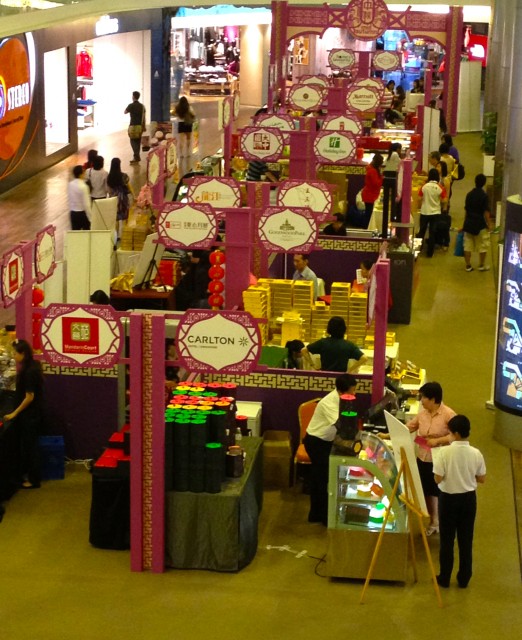
Moon cake “Road Show”
So take time to this season to admire the brightest full moon of the year and share in the age old Chinese custom of exchanging mooncakes, reflect and give thanks to all the things we appreciate in our lives.
I recommend this lovely mooncakes recipe from Happy Home Baking, a blog written here in Singapore with excellent recipes.

